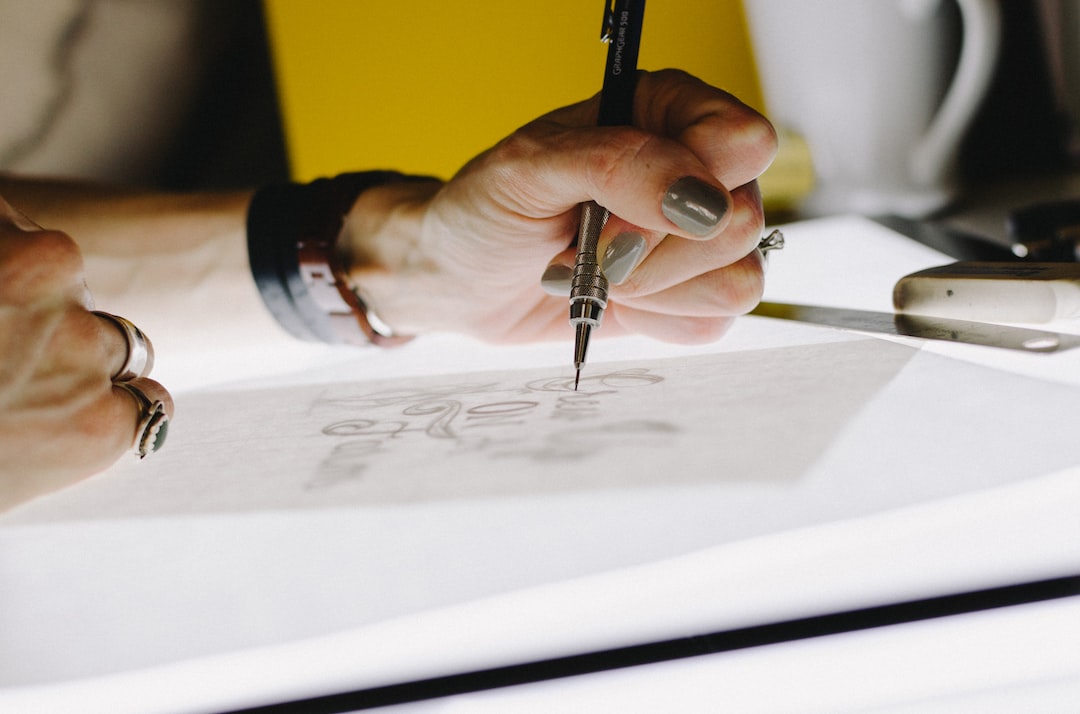Harnessing the Power of Emotional Design in Marketing
In today’s highly competitive market, successful marketers are constantly seeking new strategies to engage and capture the attention of their target audience. One approach that has proven to be effective in recent years is the use of emotional design.
Emotional design is the practice of creating marketing materials that evoke strong emotional responses from consumers. By tapping into the core emotions of individuals, companies can establish a deep connection with their audience, leading to increased brand loyalty and ultimately, higher sales.
So, how can businesses harness the power of emotional design in their marketing efforts? Let’s explore some key strategies.
Understanding the Power of Emotions
Before jumping into the implementation of emotional design, it is important to recognize why emotions hold such power over human behavior. Numerous studies have shown that emotions play a significant role in decision-making processes. In fact, many purchase decisions are driven by emotions rather than rationality.
When consumers form emotional connections with a brand, they are more likely to choose that brand over its competitors. Whether it is a sense of trust, love, joy, or even fear, these emotions can greatly influence consumer behavior.
Creating Emotional Connections
Emotional design is all about creating connections between consumers and brands. To achieve this, marketers need to understand their target audience and what motivates them emotionally. By conducting thorough market research and utilizing tools such as social listening, businesses can gain insight into the specific emotions that resonate with their customers.
Once these emotions are identified, marketers can design their campaigns, advertisements, and other marketing materials to elicit those emotions. For example, an animal welfare organization can create an emotional connection by featuring heartwarming stories of rescued animals in their promotional content. By doing so, they tap into the emotions of empathy and compassion, which are likely to inspire action in potential donors.
Visual Appeal and Storytelling
Emotional design is not solely reliant on text-based communication. Visual elements play a crucial role in eliciting emotions as well. Colors, imagery, and even typography can all contribute to the emotional response that a marketing piece evokes.
For instance, the color blue is often associated with trust and reliability, which is why many financial institutions incorporate it into their branding. Similarly, high contrast images can evoke a sense of urgency or excitement, depending on the context.
In addition to visual appeal, storytelling is another powerful tool for emotional design. Humans are naturally drawn to stories, and when a brand can effectively tell a story that resonates with their audience’s emotions, they become memorable and relatable.
Personalization and Authenticity
Personalization is an integral aspect of emotional design. When consumers feel that a brand understands and caters to their individual needs and desires, they are more likely to form an emotional connection. By leveraging data from customer interactions and demographics, businesses can personalize their marketing messages, creating a sense of exclusivity and relevance.
However, it is important to note that personalization must be authentic and respectful. Overusing personal data or making false claims can lead to a loss of trust and may have adverse effects on the emotional connection.
Measuring and Adapting
Like any marketing strategy, emotional design requires continuous measurement and adaptation. Marketers should use surveys, social media analytics, and other tools to gauge audience reactions to their campaigns. By tracking emotional responses and identifying patterns, businesses can refine their marketing materials and tailor them to maximum effect.
In conclusion, emotional design is a powerful tool that can significantly impact marketing efforts. By understanding the power of emotions, creating emotional connections, utilizing visual elements and storytelling, personalizing content, and continuously measuring and adapting strategies, businesses can harness the full potential of emotional design and create substantial brand loyalty and growth. Emotions drive human behavior, and by harnessing their power, marketers can tap into a whole new level of success. So, the next time you plan a marketing campaign, remember to think beyond just logic and reason, and consider the power of emotions.

